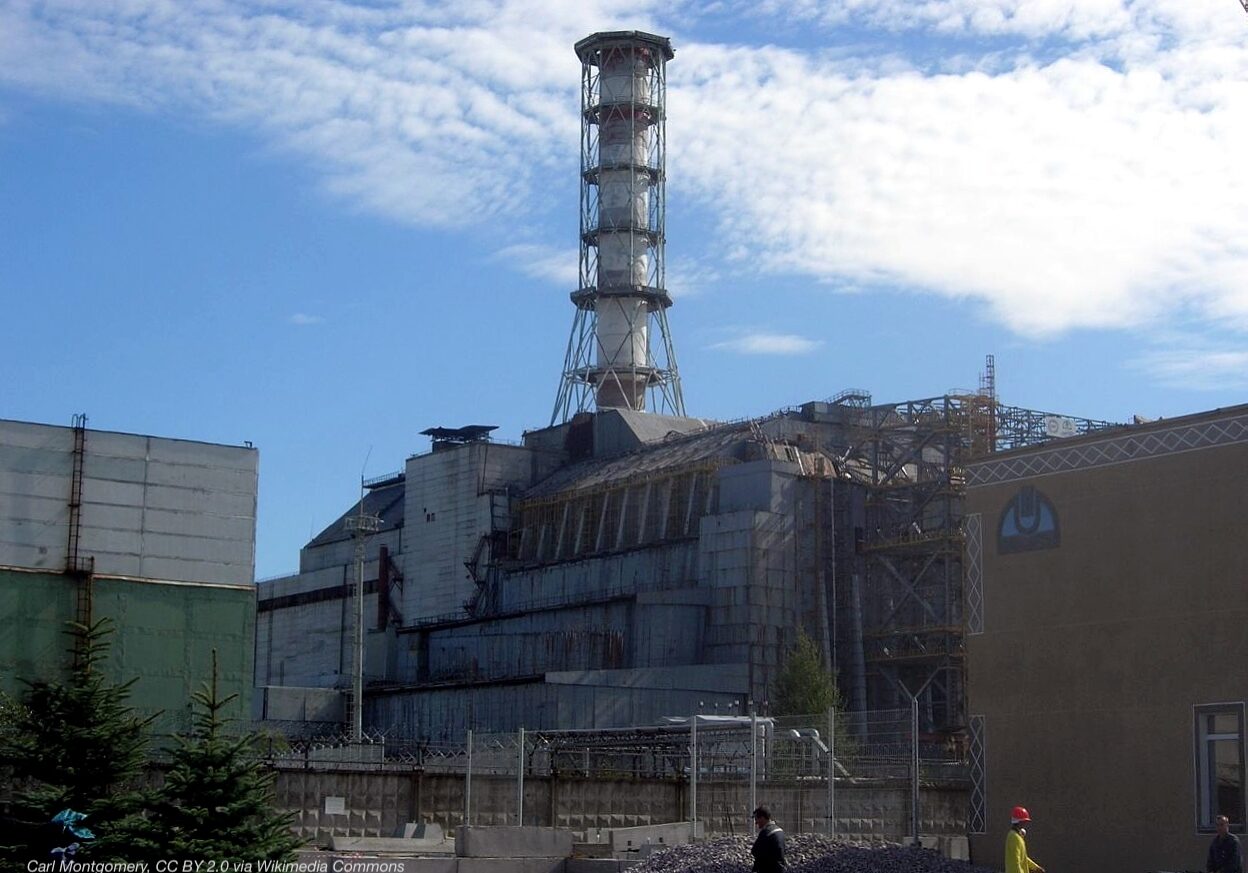Russian military at Chernobyl: (another) ecological catastrophe?

This is a developing story.
Associated Press and other sources are reporting that Russian forces have taken over the Chernobyl nuclear site in northern Ukraine, 80 miles north of the capital. Kyiv. According to the Washington Post, a televised statement from Ukrainian Prime Minister Denys Shmyhal “[t]he Chernobyl zone — the exclusion zone — and all installations of the Chernobyl nuclear power plant have been taken under control of Russian armed groups,”. He also said there were, as yet, no confirmed casualties.
The 1986 Unit 4 Chernobyl explosion remains one of the world’s worst nuclear catastrophe, releasing a plume of radioactivity that sickened and killed hundreds of thousands, even potentially millions, of people.
While reports are mixed, the fighting around Chernobyl is clearly an evolving situation. However, concerns remain about nuclear security on the site. The sarcophagus, finalized in 2019, houses the destroyed Chernobyl reactor Unit 4 as well as 200 metric tonnes of uranium, plutonium, liquid fuel and irradiated dust. It could be vulnerable to collapse should explosions occur at or near the site.
Workers were also recently engaged in moving the full inventory of nuclear fuel storage from the common fuel pool to the ISF-2 facility where it will be dismantled and put into long-term storage casks. This is a delicate operation that, if not already complete, will be in serious jeopardy should there be military engagement at the site.
There is also a perpetual risk of fire in the region, which would be exacerbated by military exchanges. In addition, war in Ukraine raises the risk of loss of power to the Chernobyl and the other four operating nuclear plant sites, incorporating 15 reactors in all.
Support Beyond Nuclear
Help to ensure a safer, greener and more just world for all

